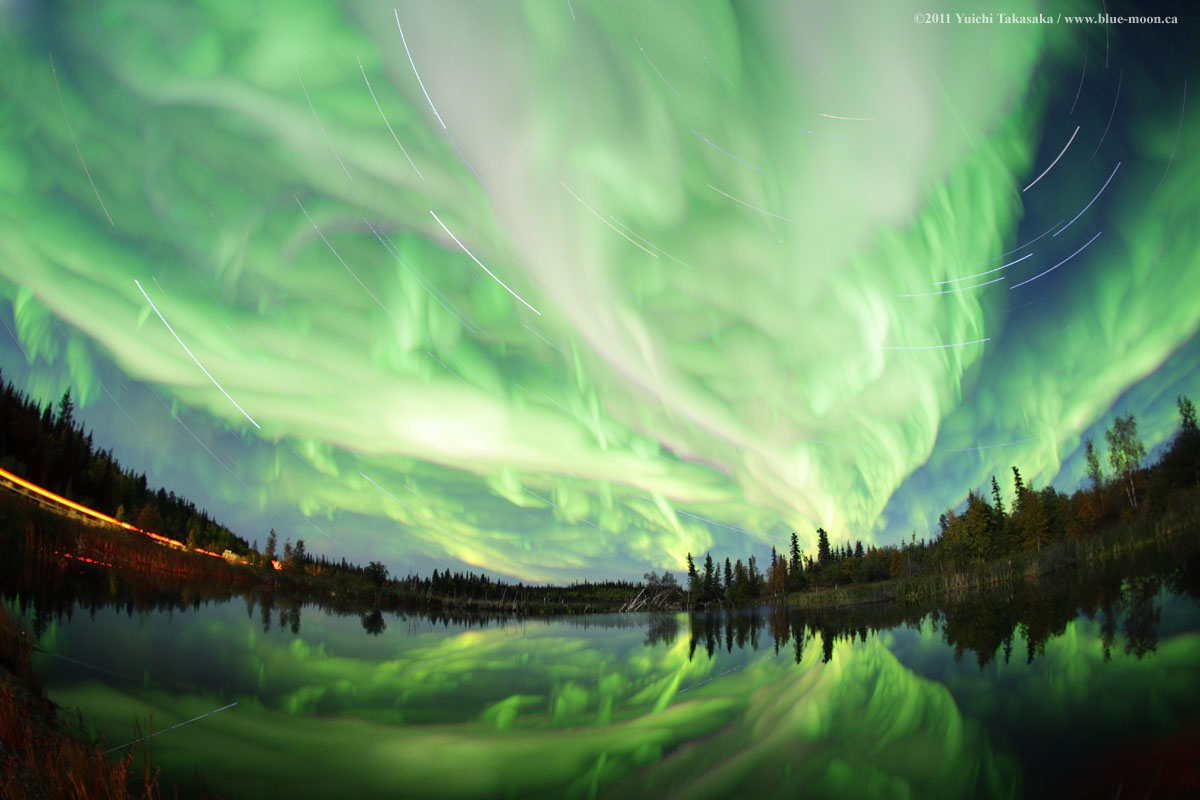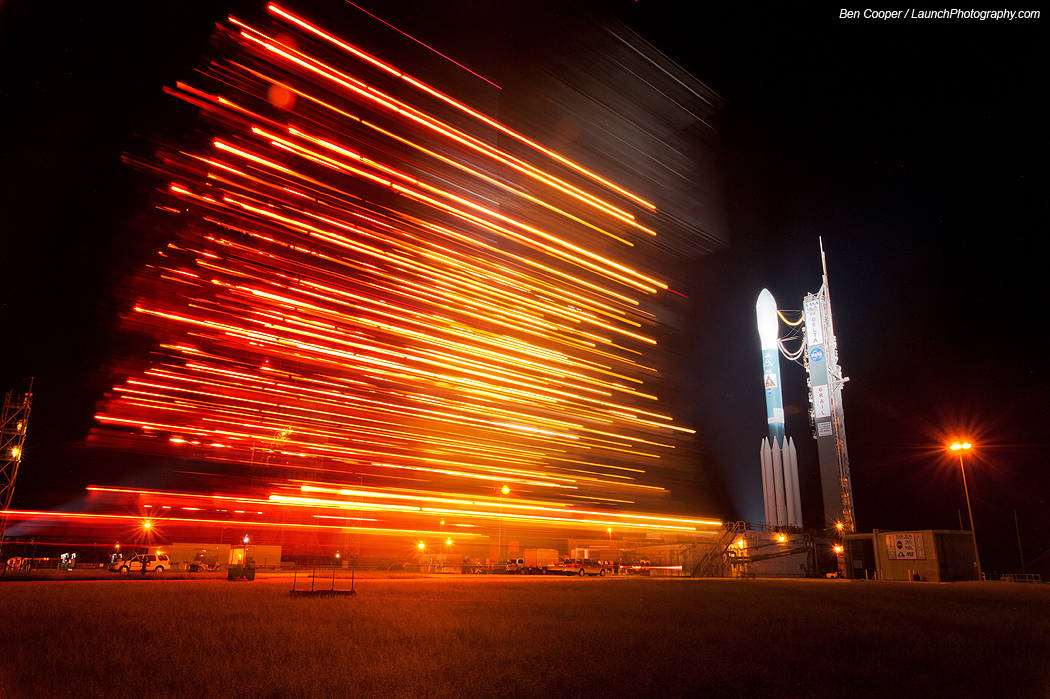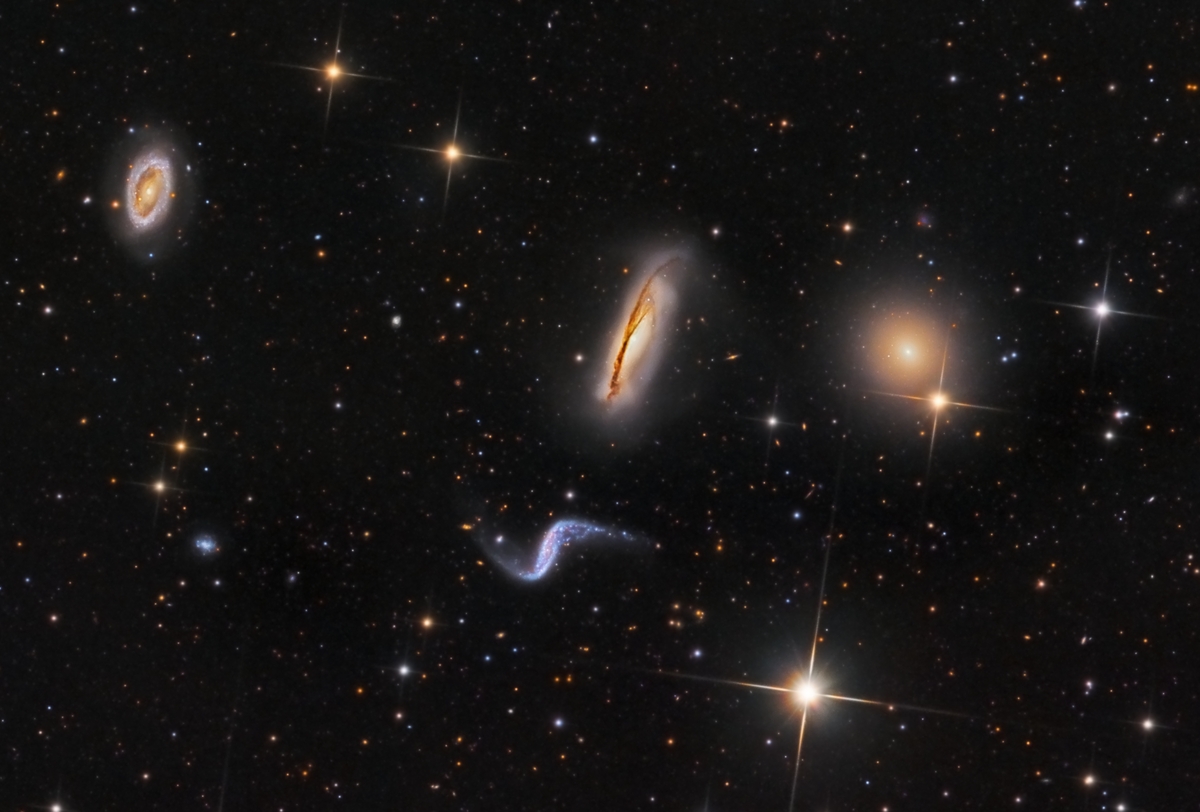Rollback from GRAIL's Rocket
So as it turns out this image was taken of Complex 17 as it retreated back from the cancelled launch of GRAIL. In a sort of poetic way the time-lapse captures the last time it will roll back with the hope of launching again as once this launch of GRAIL is complete it will be retired. Complex 17 has been in use since 1957, which is quite amazing when you think about it. The idea that we have had the ability to launch things into space for the past fifty four years, and that the equipment is still fully functioning attests to the passion with which the space program is handled. It has an artistic edge to it, pulling the complex back in after the sun, just like the complex's career, is set. And the way that the use of time-lapse here captures the last moments of the retreat, almost as if to hold the last breath of the launch pad before it is gone forever, makes it that much more meaningful. The GRAIL mission will improve the knowledge of the moon's composition greatly. In doing this it pushes us forward, while nicely tying into the use of Complex 17 for the last time- effectively prolonging the life of the pad through what it helps accomplish.




